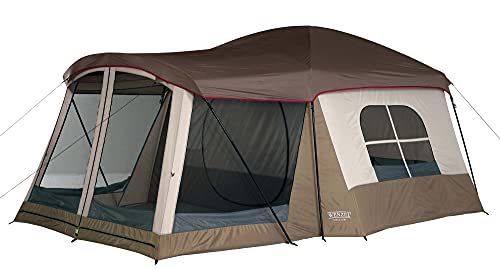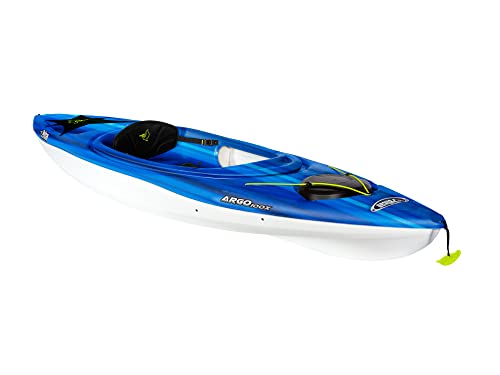The Best Backpacking Backpacks of 2024
Overview
The most crucial component of camping equipment is a backpack. Backpacks are possibly the most versatile backpack available. They are light, simple, and convenient, making them ideal for everyday use.
Whatever you need to carry, from books and your laptop to camera equipment, clothing, lunch, or workout equipment, a backpack will make the job a lot easier. Travel experts all across the world encourage using a backpack since it makes camping easier and more enjoyable.
With so many options, finding the perfect one for you might be challenging. For this reason, we test backpacking gear full-time and take these guides extremely seriously, keeping an eye on the market for new improvements and often updating our list. We live for outdoor adventures, and we sincerely hope you find our advice useful. See our backpack top picks and buying tips below the picks for more information.
Top Picks
1. Best Overall: Venture Pal 40L
2. Best Budget: Venture Pal Ultralight
3. Best Premium: Osprey Atmos AG 65
4. Best High-End: TETON Sports Scout
5. Most Capacious: Amazon Basics
6. Best for Hiking: TETON Sports Explorer
7. Best for Camping: FENGDONG 40L
Buying Guide
When looking for the finest backpacking backpacks, there are a few things to keep in mind
When looking for a new backpacking backpack, there are various variables to consider. Whether you're shopping for your first pack or upgrading from an older model, think about the activities you'll be doing with it. Here are some typical considerations for you:
1. Size
Sizing and fitting your pack correctly is one of the most crucial aspects of trail fun. You'll need to take a few short self-measurements to determine which pack size is best for you. The most significant factor in pack sizing is torso measurement. You'll need a pal and a cloth tape measure to figure out yours. A length of rope or string and a measuring stick will suffice if you don't have one.
2. Type of Backpacks
If you're planning to travel for 1-3 nights, weekend packers using newer, less-bulky gear can really keep things light by using a pack in this category. Multi Day packs will be a perfect choice for warm-weather trips lasting 3 or more days. Packs in the 50- to 80-liter range are also great for shorter trips. Packs of 70 liters or more are often required for trips of 5 days or more. These are also the most common choice for winter excursions that last more than one night.
3. Ventilation
It's critical that your pack breathes correctly because it will be in direct contact with your body during heavy physical activity. The back panel and hip straps are the two main parts of a pack that should be well ventilated. Some packs have a suspended mesh back panel to help prevent sweaty back syndrome, which is common with internal-frame packs that ride close to your body.
4. Organization
When you're acting as a moving van and transporting all of your belongings to one location, organization is crucial.
-
Main Compartment: This is the largest storage space. Your large and heavy things, such as a tent, sleeping bag, and clothes, will usually be put in the main compartment.
-
Pockets: Consider the size and location of each pocket when examining them. Shovel pockets are simply flaps sewed on the front of a backpack and secured with a buckle at the top. Small goods such as a phone, snacks, or sunscreen can be stored in hipbelt pockets when hiking. The top lid pocket is a personal choice as well. Some people prefer a top lid with many sections, while others prefer a single opening.
-
Compression Straps: Make sure the pack you're considering includes these side compression straps at both the top and bottom to help with load stability, and tighten them up every time you put it on.
FAQs
1. What's a good size pack for backpacking?
A pack in the 20-30 liter range is the sweet spot for most daypacks, allowing you to carry all you need, up to and including: food, rain shell, water, headlamp, first and kit and so on.
2. How heavy should your backpacking pack be?
A fully equipped backpacking pack should not exceed 20% of your whole body weight. A fully equipped day hiking bag should not exceed 10% of your whole body weight.
3. What part of the backpack should you pack in small items?
The front of the pack should house your lightest stuff because it is the furthest away from your body. Lightweight clothing, a camp towel, and tiny toiletries can all help to free up space around the bulkier objects against your back.
Final Thoughts
Choosing the best hiking backpack to carry you and your belongings to the end in the best possible shape is a little more difficult. By the end, we hope you'll be confident in your decision to choose the best backpack for your backpacking adventures.








